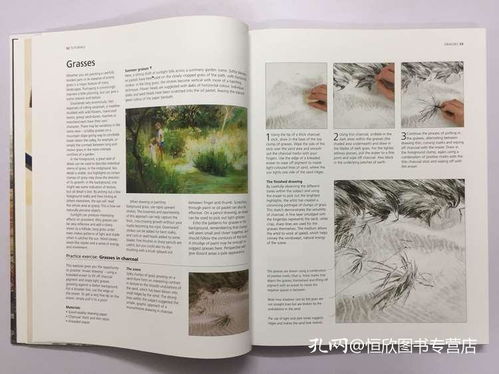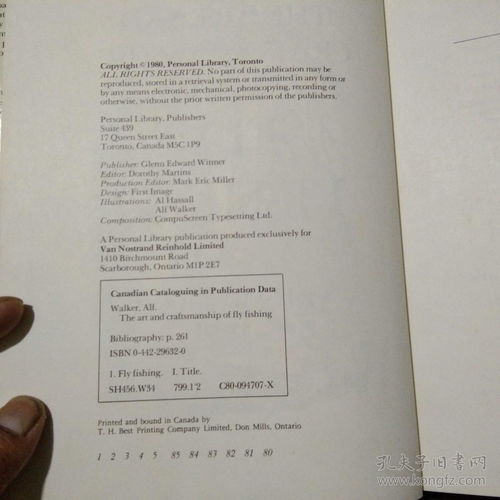Introduction:
Fishing, an ancient pastime cherished by many, is not just about patience and luck; it's also an art that requires skill and precision. One of the fundamental skills in fishing is learning how to properly cast your竿. The way you handle your竿 can significantly impact your fishing experience, from the distance you can cast to the accuracy of your casts. In this article, we will delve into the essential techniques for effective fishing rod handling, focusing on how to open your竿 with precision and confidence.
Understanding the Fishing竿:
Before we dive into the casting techniques, it's crucial to understand the basic components of a fishing竿. A typical fishing竿 consists of the following parts:
- Handle: The part you hold in your hand.
- Guides: Small rings that help guide the line through the竿.
- Tip: The flexible end of the竿 that bends when you cast.
- Butt: The thicker part of the竿 that connects to the handle.
Preparation for Casting:
Select the Right竿: The type of竿 you choose depends on the type of fishing you're doing. For example, a spinning竿 is ideal for light lures and baits, while a baitcasting竿 is better for heavier lures.
Load the竿: Before casting, make sure your竿 is loaded with line. This means that the line is tight and pulled taut along the guides.

Attach Your Lure or Bait: Whether you're using a lure or live bait, attach it securely to the end of your line.
The Casting Process:
Backcast:
- Step 1: Hold the竿 with a comfortable grip, keeping your wrist firm but relaxed.
- Step 2: Point the竿 tip behind you, bending it slightly at the elbow.
- Step 3: Swing the竿 back with a smooth, controlled motion, allowing the line to flow through the guides.
- Step 4: As the竿 reaches the back of your casting circle, pause for a moment to allow the line to straighten out.
Forward Cast:
- Step 1: After the backcast, bring the竿 forward in a smooth, continuous motion.
- Step 2: As the竿 reaches the front of your casting circle, stop the forward motion abruptly to release the line.
- Step 3: The abrupt stop will cause the line to shoot forward, casting your lure or bait.
Fine-Tuning Your Casting:
Line Control: Practice controlling the line during both the backcast and forward cast. This will help you achieve better accuracy and distance.
Arm and Wrist Position: Keep your arm and wrist firm but flexible. A rigid wrist can cause your cast to be unnatural and less accurate.
Body Movement: Use your entire body to generate power for your cast. This includes your legs, hips, and shoulders, not just your arm.
Practice: Like any skill, casting requires practice. Spend time honing your technique on different types of water and with various lures to improve your overall performance.
Conclusion:
Mastering the art of casting is a vital skill for any angler. By understanding the basics of your竿, preparing properly, and practicing the casting process, you can improve your fishing experience. Remember, casting is not just about distance; it's about accuracy and presentation. With patience and practice, you'll be able to cast your竿 with precision and confidence, setting you on the path to becoming a skilled angler. Happy fishing!












